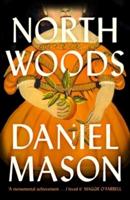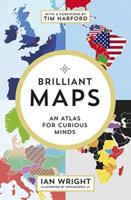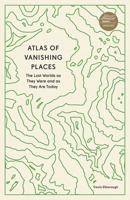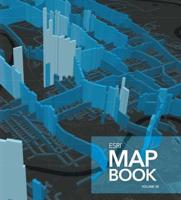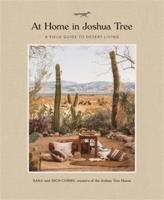Publisher's Synopsis
Trans-Hudson-Orogene in the north and north-east of our study area and other reworked Archean crust within Utah and Nevada give upper Orosirian ages (1.9 - 1.8 Ga), too. The Yavapai terranes dominate the south-east with ages between 1.76 - 1.72 Ga (Statherian), which is the same period as the Mazatzal terranes (1.69 - 1.65 Ga), outside our narrower study area. As well outside, only slightly touching it, is the Granite Rhyolite Province with ages from 1.55 - 1.35 Ga (Lower to Middle Mesoproterozoic, Calymmian to Ectasian). Then, the bedrock ages show a massive gap until the Cordilleran arc, which accreted from the west between 160 - 67 Ma (Upper Jurassic to Cretaceous). (Fig. 1.1) Physiogeographically, nearly all of Nevada belongs to the Basin and Range Province. The ranges still show the folding of the terranes accreted through the subduction of the Farallon plate below the continental margin (SIGLOCH AND MIHALYNUK 2013; DECOURTEN AND BIGGAR 2017). Thus, most mountain ranges follow a north south strike. These mountains ranges show a high variety of Proterozoic to Cenozoic ages on the ridges but are all overlaid by Paleogene and Neogene sediments within the basins. Hydrogeographically, the region belongs to the Great Basin (GB), an endorheic basin. (DECOURTEN AND BIGGAR 2017)



